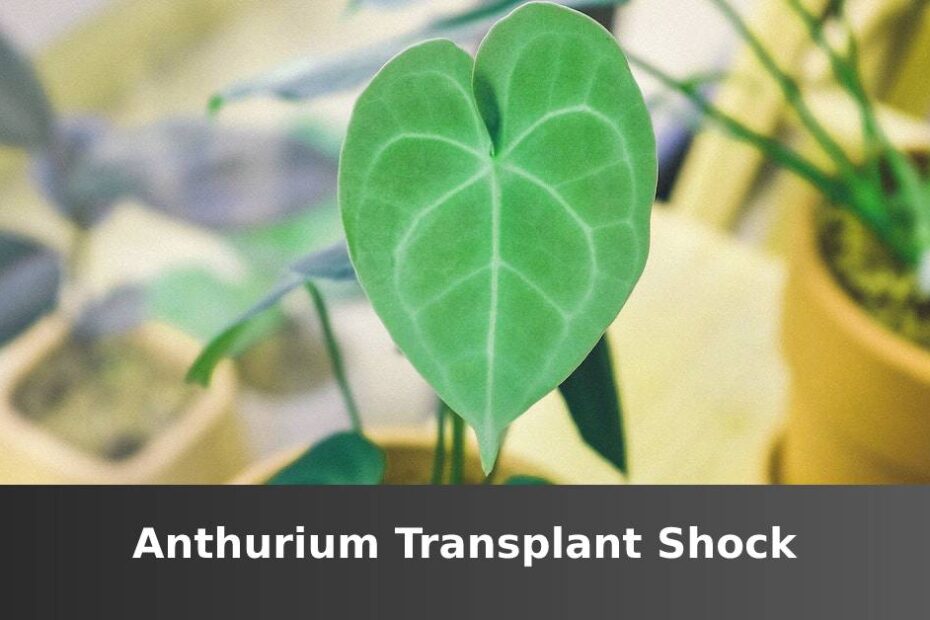We all love to take great care of our Anthurium’s so they not only grow well, but also look their best.
There comes a time when the plant needs a good repotting, usually 2 or 3 years down the road, or when your Anthurium has outgrown it’s container.
Unfortunately, when doing a repot, there is a high chance that you can run into what is known as transplant shock or transplant stress.
So if you have recently repotted your Anthurium and are wondering if the plant is suffering from this issue, here is what you need to know.
What Is Transplant Shock?
Transplant shock is a phenomenon that occurs when a plant is relocated to either a new growing environment like a new container, or when the plant is placed in a different kind of soil than before.
This is especially true when both of these things happen at once.
This type of change has a tendency to stress your Anthurium out or “shock it” so to speak.
In response, your Anthurium may exhibit an array of symptoms that can easily be mistaken for plant care issues or environmental factors when in reality, it’s just the transplant shock.
Signs Of Transplant Shock
If your Anthurium has just recently started having symptoms after the repotting and not before, then it’s likely that the symptoms are in fact caused by this type of stress.
Some signs of transplant shock include the following.
- Yellowing of the leaves
- Leaves turning brown
- Drooping leaves
- Sun scorch signs
- Stunted growth
- Leaves falling off
Is There Anything You Should Do?
There is some conflicting information that adding sugar to the soil can help your plant recover from transplant shock faster, but the results aren’t definitive enough to know for sure.
What I do know is that the vast majority of the time, your plant will recover from transplant shock and stress on it’s own, given that enough time passes.
In the meantime, a well balanced fertilizer can do wonders for growth and recovery.
Just make sure you wait at least a few weeks after the transplant before you start adding fertilizer as this can damage the new roots being formed.
How Long Does Transplant Shock Last In Plants?
Transplant shock recovery can vary greatly for plants as it could take anywhere from a few days, weeks or even months for your Anthurium to return to normal on it’s own.
I know in trees, this could even take several years for them to recover, but this is unlikely to happen to your Anthurium so you don’t have to worry about it taking that long.
You should plan on it taking a few weeks at least and a few months at most to keep your expectations in check.
Planning for it to go away in only a few days will only lead to discouragement so it’s best to have healthy expectations rather than getting disappointed.
How To Reduce The Chances Of Transplant Shock
Although it seems that most of the time, transplant stress will occur after repotting your Anthurium, there are a few things you can do to reduce the odds of this happening in the future.
- Transplant at the beginning of spring
- Be careful not to disturb or damage the roots
- Remove unhealthy roots (these are dark or mushy)
- Use the same type of soil as before
- Use a well fitting container (usually only go up one pot size)
- Don’t pack in the soil too tight so the roots can breathe
- Don’t overwater
Should I Water Anthurium After Repotting?
You should water your Anthurium sparingly after a repot to prevent damaging the new roots that have started to grow shortly after the transplant.
This ensures the plant will get settled and the roots have some room to breathe until they form stronger and can handle regular watering.
